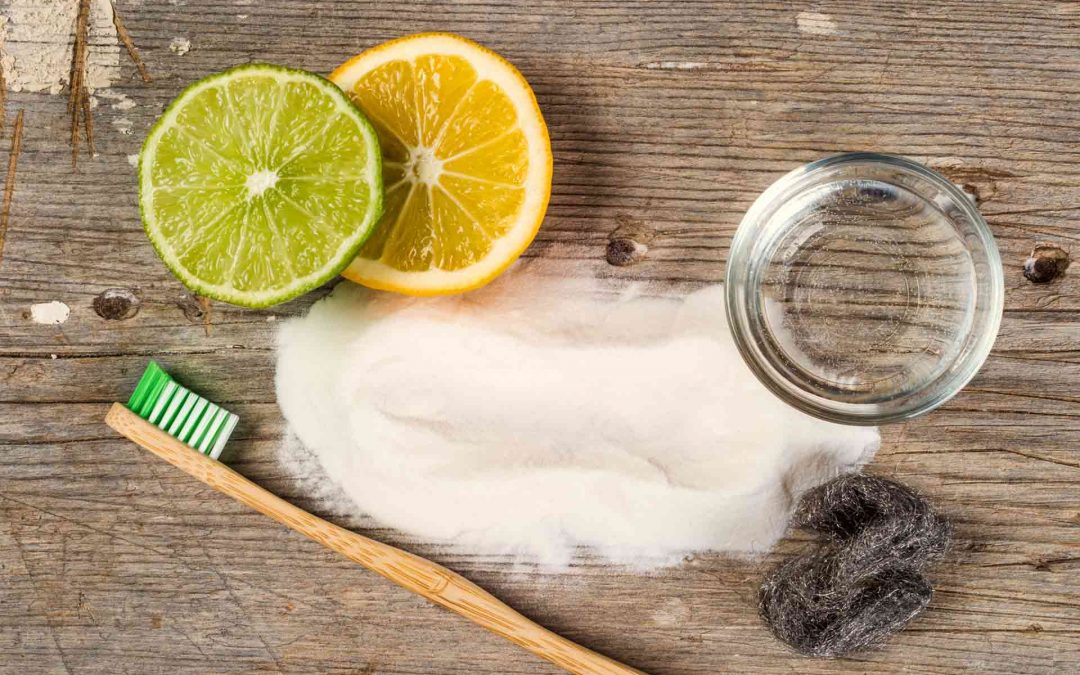Lately you’ve seen more green cleaning solutions than ever before. As you start reading labels and researching, you realize there’s a lot more to being “green” than you anticipated.
If you’re curious to learn the history of green cleaning, then buckle up.
The Early Years
Date back to 1958. That’s when Olga Huckins first discovered several dead birds on her property after DDT had been sprayed from a plane.
Little did she know that the telling of her story several years later would spark a revolution of earth-conscious thought.
In 1962, a book by Rachel Carson entitled “Silent Spring” told Olga’s and others’ stories, shedding light on the harmful effect of chemicals on the environment.
In fact, “Silent Spring” became a best seller and spurred a national conversation about our social responsibility to the planet. The government responded with various policies intended to protect both consumers and the environment, establishing the EPA.
At the same time, though still a very niche market, “green” products began hitting the stores. However, there were no set standards for what constituted being eco-friendly, nor was there a labeling system at the time.
Still, despite early difficulties, brands such as Whole Foods, Burt’s Bees, and Seventh Generation continued to sell their products. This sparked more companies to get on board with the green movement, and by 1990, 10% of all household products now claimed to be “green.”
At the same time, there was a growing worldwide concern with waste management. Global warming was on the rise and greenhouse gasses were being evaluated.
And Then There Was Green
After more than 20 years, our government would step up and lead the way in using sustainable products.
Executive Order 12873 required federal agencies to purchase “environmentally preferable products”. Seeing going green as their duty as both a large consumer of products as an example to society.
With increased government involvement the need for green-cleaning standards was now evident.
Green certification organizations were charged with objectively verifying that products claiming to be “green” met set standards. This time, instead of progress being driven by regulations, corporations spurred a new cycle of sustainable growth.
Large companies started taking waste and energy consumption seriously. New green brands emerged, while the brands we all recognize as green from the 70’s started to thrive as household standards. Some brands developed new product lines, while others focused on reducing packaging waste.
With all of these changes consumers still wanted better labeling. Just claiming to be green was not enough. Certification and Eco labels made the buying process simpler, but users still want to know exactly what is being used.
A call for transparency is on the minds of current consumers wanting to take charge of their health and that of the environment. Green cleaning is finally a matter companies, consumers, and leadership are all taking seriously.
Though the history of green cleaning had a slow start, who knows where the next 60 years will take our society as we continue to be concerned about the health of our homes, workplaces, and environment.

